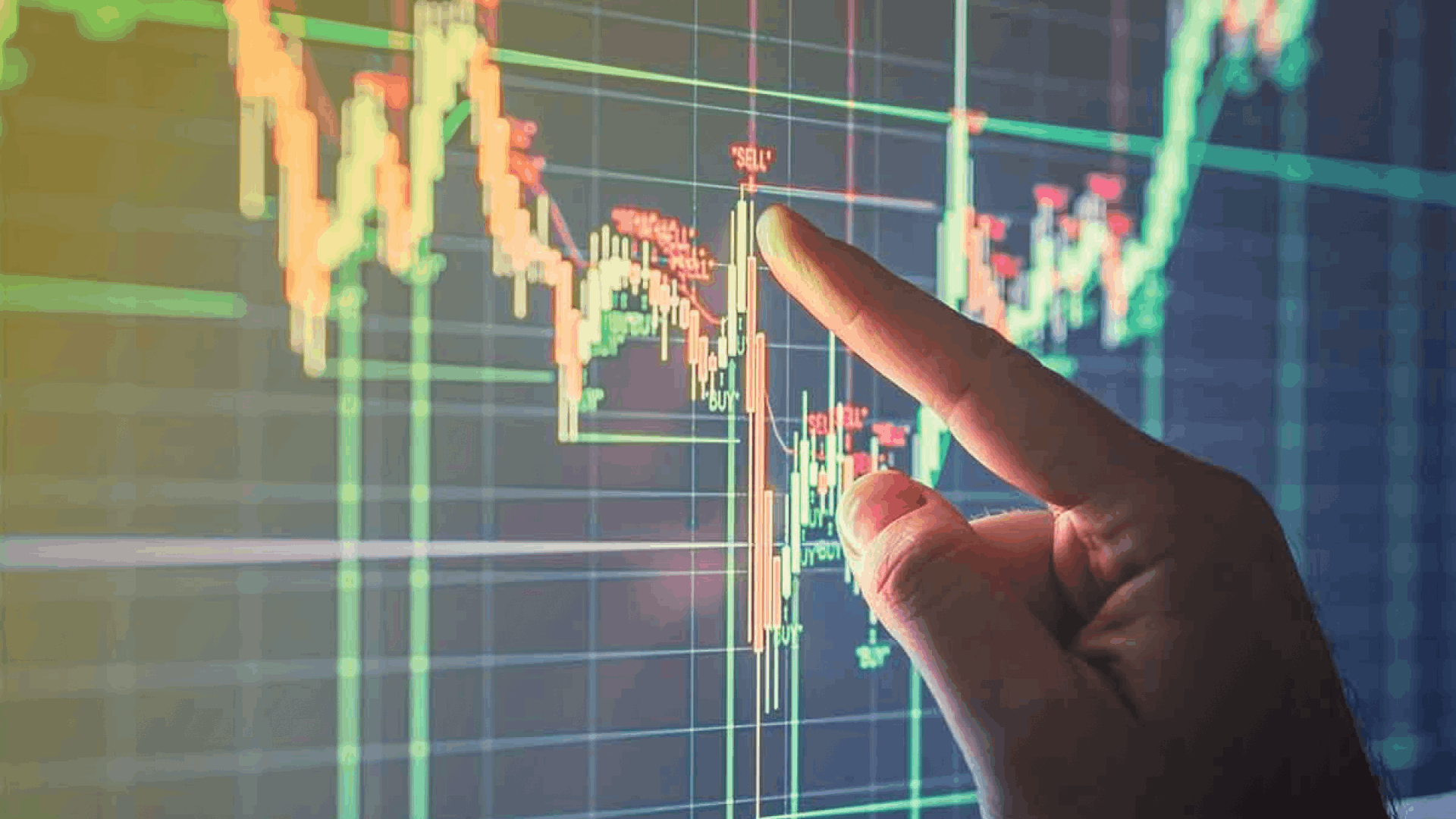Price charting is a critical tool in the financial world, providing traders, investors, and analysts with a visual representation of market data over a specific period.
This tool enables users to assess market trends, patterns, and potential future movements of various assets such as stocks, currencies, commodities, and more. By understanding price charts, individuals can make informed decisions, strategize effectively, and improve their market performance.
The Importance of Price Charting
Price charting plays a pivotal role in the financial markets for several reasons:
- Decision Making: It aids traders and investors in making informed decisions by providing a historical and current view of market performance.
- Trend Analysis: Charts help identify market trends, whether upward, downward, or sideways, enabling strategies to be tailored accordingly.
- Pattern Recognition: Recognizing chart patterns can signal potential market movements, offering opportunities for entry or exit.
Types of Price Charts
Several types of price charts are used in market analysis, each offering unique insights:
- Line Charts: These charts display the closing prices of an asset over time, connecting them with a single line. They are simple and provide a clear view of the overall trend.
- Bar Charts: Offering more detail than line charts, bar charts show the opening, high, low, and closing prices (OHLC) for each period. Each “bar” represents the price movement within a specific timeframe.
- Candlestick Charts: Originating from Japan, candlestick charts have become extremely popular. Like bar charts, they display OHLC prices but use “candles” to show price movement. The body of the candle represents the open and close, while the wicks show the high and low. Candle colors indicate whether the closing price was higher or lower than the opening price.
Key Elements of Price Charting
Understanding the following elements is crucial for interpreting price charts effectively:
- Trends: Identifying whether the market is moving upwards, downwards, or sideways helps in predicting future movements.
- Support and Resistance Levels: These are price levels where the market tends to stop and reverse. Support levels are where prices might bounce back up, while resistance levels are where prices might fall back down.
- Volume: Volume indicates the number of units traded and provides insight into the strength of a price move. High volume alongside a price increase suggests strong buying interest.
Analyzing Price Charts
READ: Crypto PR Distribution – Promote Your Project in Cointelegraph and Reuters
Analyzing price charts involves looking for patterns and signals that indicate potential market behavior. Some common patterns include:
- Head and Shoulders: This pattern signals a reversal in the trend.
- Double Top and Double Bottom: These patterns indicate potential bullish or bearish reversals after a strong trend.
- Triangles and Flags: These continuation patterns suggest that the current trend is likely to continue after a brief consolidation.
Practical Tips for Using Price Charts
- Start with Simple Charts: Begin with line charts to grasp the overall trend before moving to more complex charts like candlesticks.
- Use Multiple Timeframes: Analyzing charts across different timeframes provides a more comprehensive view of market trends.
- Combine with Other Indicators: Price charts become more powerful when combined with other technical indicators like moving averages, RSI, or MACD.
- Practice and Experience: Gaining proficiency in chart analysis requires practice. Utilize demo accounts or paper trading to hone your skills without financial risk.
Summary
Price charting is an indispensable tool in the arsenal of anyone involved in the financial markets, especially when it comes to crypto trading. It offers deep insights into market dynamics, helping users make informed decisions based on past and present performance trends.
By understanding different types of charts, recognizing key patterns, and applying practical analysis tips, traders and investors can enhance their market analysis and potentially increase their success rate. While price charting offers valuable information, it’s important to remember that no method guarantees success, and it should be used as part of a broader analytical approach that considers various market factors and indicators.

